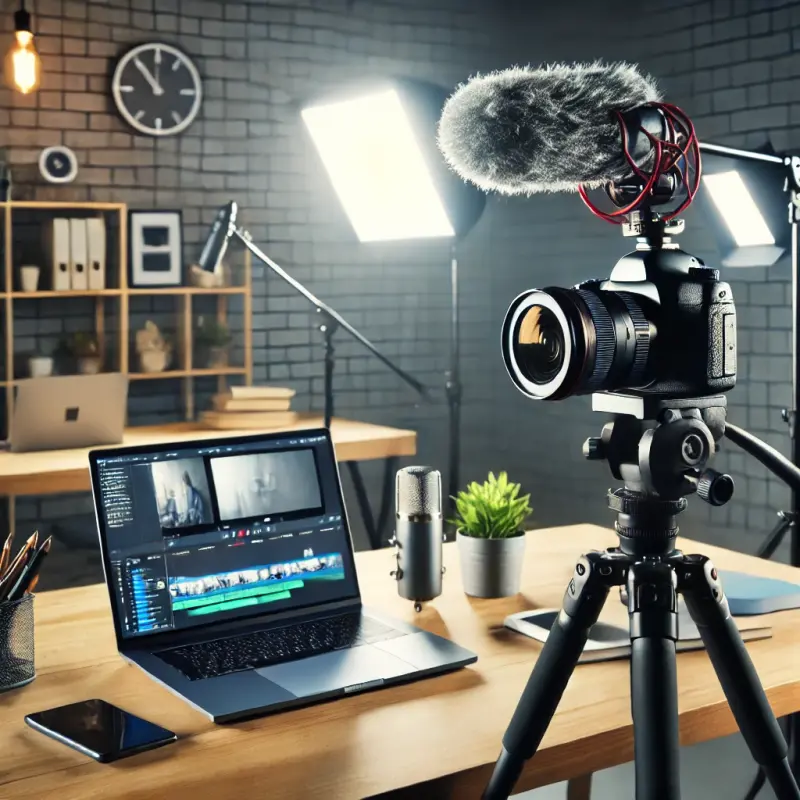Creating educational videos is an effective way to enhance your presentation skills, offering a unique blend of verbal communication, visual aids, and audience engagement techniques. This step-by-step guide will explore the process from conception to completion, ensuring that each video not only delivers valuable information but also hones your ability to communicate effectively.
Step 1: Define Your Objectives
Before diving into the world of video production, it's essential to clearly define the purpose of your video. What are the key messages you want to convey? Who is your target audience? Understanding these factors will guide the content of your video, helping you tailor your presentation to the needs and expectations of your viewers.
Step 2: Script Writing
A well-constructed script is the backbone of any educational video. It should outline what you'll say and when you'll say it, ensuring a logical flow of information. Start with an engaging introduction that captures attention; introduce your topic and state what the viewer will learn. As you progress, keep the language clear and concise, breaking down complex concepts into digestible chunks. Conclude with a summary of key points, reinforcing the learning outcomes.
Step 3: Visual Planning
While your script covers the verbal content, visual elements play a crucial role in maintaining viewer engagement. Plan visuals that complement and enhance your script. This could include slide presentations, diagrams, or real-time demonstrations. Ensure that each visual is clear and relevant to the segment of the script it accompanies.
Step 4: Setting Up Your Recording Environment
Choosing the right environment for recording your video is critical. You need a quiet, well-lit space that allows you to control sound and lighting conditions. Consider the background of your shots; it should be neat and professional, free of distractions but relevant to the topic. Equip your space with the necessary technology, such as a camera, microphone, and any props or additional equipment you plan to use.
Step 5: Filming
When filming, pay attention to both audio and video quality. Use a good quality microphone and position it properly to ensure clear audio. Make sure the lighting is neither too harsh nor too dim, and adjust your camera settings to capture sharp video. During filming, speak clearly and at a moderate pace, maintaining eye contact with the camera as if you were speaking to an audience. This helps in making a connection with your viewers.
